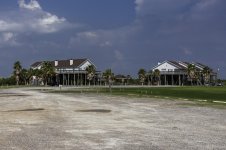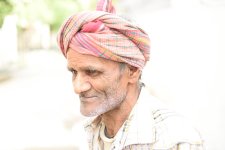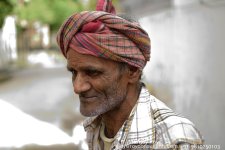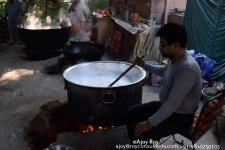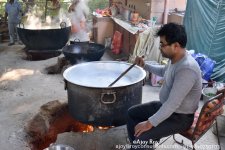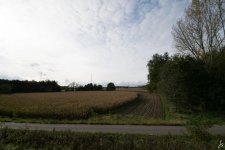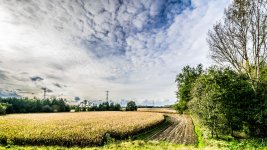@
aroy I think you use the same PP software as I do, View NX2 and Capture NX-D. Anyway, would you give a short synopsis of what controls/steps you use to recover the shadows & highlights as you demonstrated in your posts here? I don't think I have ever done anything so dramatic in the changes. Thanks.
Actually I use NX-D. View NX is rarely used.
Here are the steps
1. Data Transfer
- Connect the camera to the computer using USB cable
- Open the card in file manager and go to the directory having the images
- Copy the current images to a temp directory
- Batch rename DSC-* to ESC-.*. The reason is that I have crossed 10,000 images and would like the names to be unique. After this I will rename the files FSC, GSC ..... till I hit ZSC. Then I will be at end of shutter life and change the body!.
2. Pre Processing
- Create the directory to hold RAW images. The directory structure I use is D3300->RAW->YYYY-MM->YYYY-MM-DD. So that all my images are stored date wise.
- Open NX-D
- Select the current directory, from the tree view
- Select all the images in the directory : select the first image, hold the SHIFT KEY, go to the end using either mouse or right arrow
- Switch
NR OFF
- Select
VIVID in Picture control window
- Set
Sharpness to
7 in Picture control window
3. Adjustments - Exposure
- Use
Exposure Compensation window to set the exposure
- If the histogram overflows to the right, happens with RED and BLUE dominant images, shift the exposure to Left, till histogram is just about correct
- Use Active D-lighting to recover shadows. Choose one of the following depending on how much shadows you want to expose
.- Low
. Normal
. High
. Extra High 1
. Extra High 2
- After selecting the D-lighting options, the histogram may shift right, so shift it left by reducing the exposure compensation, till you are satified with the image
4. Adjustments - Contrast
- Use the contrast slider in
Tone window to change the contrast
5. Noise Reduction
- Use
Noise Reduction Window
- I normally shoot at ISO 100, so there is no need for NR. If I use ISO 200, 400 or 800 then I use NR
- Switch on NR
- Select Better Quality 2013
- Reduce the Sharpness to 4. If the image is still grainy, then keep reducing to 3, 2, 1. Stop when it is acceptable
That is about all I do, apart from cropping.
For those who want to control the exposure, dynamic range and colour there are plenty of other controls
6. Levels and Curves
You can design your response curve to map 12/14 bit sensor data to 8 bit jpeg/tiff. Active-D does than in predetermined settings, but you can play around with the curve to get unique effects. I have tried it a couple of times, but have realised that for day to day stuff the standard values are enough. If I have to match the colour and levels against a White Balance/ Colour card, then I will have to use this feature
7. Distortion Control
This window corrects for known lense distortions and CA. I use it only when I want to do any quantitative analysis and need perfect geometry, else I ignore this feature.
8. White Balance
I use the default, except when I want to correct for the colour cast of a flash or yellow lights, so favoured here. Tinkering with WB results in all sorts of ambiance, which I am, at least as of now, not a fan of.
That is about all I do, though there are a lot more options for advanced users.

